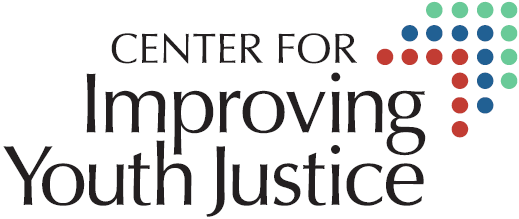Unlike many juvenile justice professionals, my role as Program Assistant at the Performance-based Standards Learning Institute (PbS) has very little direct interaction with the young people entangled in the system. Compared to the folks with the privilege of developing personal and meaningful relationships with the youths whom we serve, I am probably more detached from the human heartbreak and emotional toil that they experience on an everyday basis. I suppose that’s why I felt so unprepared to learn that one of our 2021 PbS Education and Employment Foundation Scholarship Award recipients – notably, the applicant who penned the highest-scoring essay – was shot to death in his own neighborhood, just weeks after his departure from a secure facility back to his community.nUnfortunately, stories like his are all too common. Most of the young people connected to the juvenile justice system come from economically disadvantaged neighborhoods with high rates of violent crime, poverty and with little community support or resources. They are disproportionately Black, Indigenous and People of Color (BIPOC). A growing body of research suggests that lesbian, gay, bisexual, transgender and queer youths are also overrepresented in juvenile justice facilities. Many have not had access to the social supports, mental health services and educational and professional opportunities that all young people need to become contributing citizens.nEven for those who are able to take advantage of the resources available through their programs – which is what our aforementioned scholarship recipient did – they still return to the same situations and challenges. In the April 2021 PbS Youth Reentry Survey, only 39% of young people leaving PbS participating facilities and programs strongly agreed that they had enough money to buy food and clothing. What’s more, youths face the barriers associated with system involvement, further complicating the process of securing housing, education and employment.nI learned about our scholarship recipient’s untimely passing on the eve of National Youth Justice Action Month (YJAM), observed annually in October since 2008. As YJAM commenced, I grappled with a range of emotions and thoughts. I felt sadness for the loss of an individual with a promising mind and heart of gold. I was angry, too – while society at large was insatiably following the case of a single missing white woman, little attention was being paid to the thousands of Black and Brown boys lost to similar incidences of violence every year. Although I felt overwhelmingly hopeless, the beginning of YJAM made me more determined than ever that we all need to work towards creating equity for these young people; that we can all do our bit.nThis year, the campaign features two new co-hosts – the Coalition for Juvenile Justice (CJJ) and the National Juvenile Justice Network (NJJN) – and a new theme “Acting to End Racism: Pursuing Equity through Policy.” As always, the mission of the campaign is to engage the public in the fight to protect children living in the U.S. who have come into contact with the law.nIf you ever felt the sadness, anger or hopelessness that I described above, and want to be part of the change, I would encourage you to join this organized effort for youth justice reform. You can find a list of ways to get involved put together by the campaign’s former host, the Campaign for Youth Justice, and we have included some more resources below:nnRead President Biden’s Proclamation: Learn more about the White House’s approach to youth justice.nRegister for YJAM!nDonate to the PbS Education and Employment Foundation: Support our efforts to provide employment matching, reentry assistance and scholarship awards to youths leaving PbS participating facilities and programs. nStay Up to Date with PbS: Follow us on Facebook, Instagram, LinkedIn, Twitter and YouTube to stay up to date on the latest PbS happenings and research.
